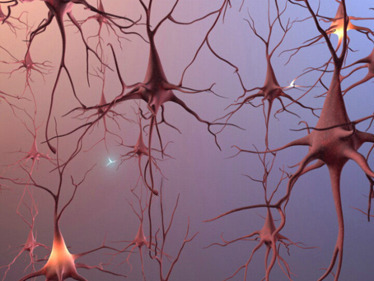Morphine: Addiction and neurogenesis

It's been a while since I've attended one of the weekly seminars and wants to write about it. Last week Dr. Wade Berrettini of the University of Pennsylvania presented his work about mu opioid receptor interacting proteins (MORIPs) in addiction and neurogenesis (formation of neurons).
Morphine is a powerful pain-killer. Its use causes dependency and, in many people, addiction. Dr. Berrettini made an important distinction between dependency and addiction. In both cases, a person develops drug tolerance (i.e. increased dosage is required to achieve the same effect) and withdrawal (a set of known physiological symptoms associated with cessation of usage). However, addiction is further characterized by a compulsive, maladaptive use that has numerous negative consequences.
As screen star Tallulah Bunkhead once said, "Cocaine isn't habit-forming. I should know - I've been using it for years."
I think the distinction between dependency and addiction is an important one. With morphine being one of the most effective pain killers, thousands of people with back problems, cancer, and other chronic pain ailments are often prescribed morphine or other opioid derivatives. Not all of them will become addicted. It is important to understand the factors that lead to addiction, some of which are social but others are genetic. Beyond the factors associated with addiction, it is also important to understand the negative impact chronic opioid usage can produce.
Dr. Berrettini has long researched the effect of chronic opioid usage. In rats, chronic exposure is associated with widespread loss of dendritic arborization (decreased dendritic spines) and inhibition of neurogenesis. As a consequence, the synapses necessary for proper neurological signaling are reduced. This is likely to have an impact of cognitive function in patients who use morphine to relieve chronic pain.
Using a yeast-two hybrid screen (an experiment to identify protein binding partners), Berrettini's lab has identified seveal mu opioid receptor interacting proteins (MORIPs), including Wntless. The main function of Wntless in neurons is to shuttle Wnt3 to the membrane where it is released from the cell in order to stimulate neurogenesis. Mutations in the Wntless gene can lead to a failure of Wnt3 secretion and thereby a decrease in neurogenesis.
So what's the connection between morphine usage, Wntless, and neurogenesis?
Dr. Berrettini hypothesizes that usage of morphine (a non-internalized opioid) recruits Wntless to the opioid receptor locking it at the membrane and prevents it from shuttling Wnt3 out of the cell to promote neurogenesis. The end result is that chronic morphine usage may be blocking neurogenesis by preventing the release of neurogenesis-stimulating proteins like Wnt3.
Genetic studies in people have so far failed to identify SNPs (single nucleotide polymorphisms - or variations) in the Wntless gene or mu opioid receptor that correlate with addiction. Using a rat model of opioid seeking and craving, Dr. Berrettini continues to search for the genetic basis for addiction in the hopes of identifying small molecules that will counteract the addictive and anti-neurogenic properties of one of the most widely used pain killers for chronic pain.



